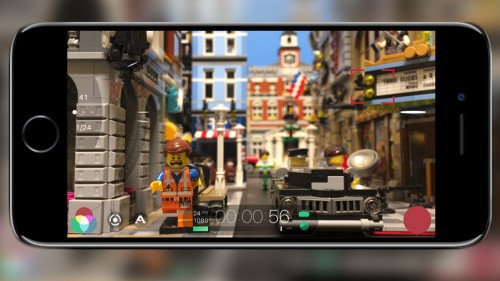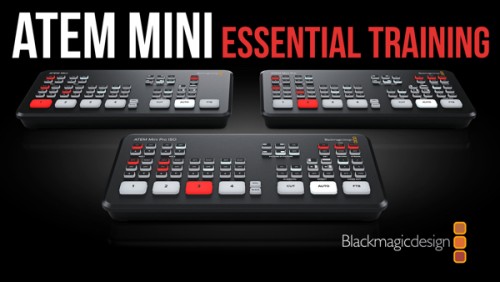- Learn the “Why” behind Editing
- Improve Dialog Pacing
- Enhance Dramatic Moments
- Use Sound Effects to Foreshadow Events
- Critically Evaluate Your Film
Conquer the Empty Timeline
When starting a creative project, facing a blank canvas, an empty page, or in the case of an editor, an empty timeline – can be daunting. We’ll help you get over that first hurdle and get the first clip into the timeline, so that your project can make it through to the end.
Begin Editing Before the Edit
Going through your project media is more than just a formal exercise, its actually an opportunity to begin developing the story in your head. It’s where the editing really begins. You’ll learn valuable tips for distilling your media down to the best takes, saving you time while getting to the kernel of your story.
Make Dialogue Sound Natural
Dialog can have the profound ability to make or break your story. In this tutorial, you’ll learn tried and true editing techniques that will help your scene flow more naturally, enhance the drama, and provide the right experience for your audience.
Find the Right Pace
Telling a story is more than putting clips in the timeline in the right order. Each story and scene has a rhythm, and this tutorial will help you find that rhythm, so you can cut accordingly.




Michael C. (verified owner) –
Outstanding tutorial. So often tutorials are about the “how” to do something, not the “why” it is done. Seeing the different ways to cut a scene, examples of cut to motion, and how to take the entire project to another level while explaining the thought process behind it was invaluable to me as someone new to editing. Highly recommended.
Bernd K. (verified owner) –
Great tutorial ! I learned a lot about editing and storytelling. Explained is the complete process of editing a short story, interesting are especially the thoughts of the editor and that he always explains why there is a better way.
Vladimir (verified owner) –
The tutorial is intended for Final Cut Pro, but never mind; I am learning to edit – how (and when and why) to cut – while using DaVinci Resolve. It is relatively short but exciting and useful. Although I am not a native English speaker, I can understand everything perfectly. Maybe I should even say I am delighted with it.
Peter R. (verified owner) –
The tutorial was helpful for both technical and aesthetic information. Wished some of the ‘tools’ existed in Motion 5 though that is not actually an editing program. The lack of ‘movement’ effects in FCPX by comparison is more than made up by the easy of clip arrangement, stacking, sliding and all the rest.
Guy H. (verified owner) –
I bought this training when it first came out, and the what and the why elements are extremely valuable – it is structured but informal – like being invited to listen in on an expert discussion of the choices and decisions in cutting a real (as opposed to made up) project.
Steve S. (verified owner) –
I just finished this tutorial for the first time and really enjoyed it. I have purchased several Ripple Training tutorials, but what I appreciated most about this one was getting into the heads of the trainers–not just the how of editing, but more important the why. I learned a lot.
Klaus (verified owner) –
Rewatched this tutorial after quite a while and found it even more useful indeed. The first time around one is almost overwhelmed by the depth of these two experienced editors’ bags of tricks and their approach to the creative editing process. Repetitive viewing helps but a written summary of some of the key basics in creative editing would enhance the learning effect even further. Like a check list to support the less experienced FCPX users. BTW: the new website is a quantum leap in enhancing the usability of the Ripple Training material (including the MBStudio and 5’ material). Much better than ITunes!